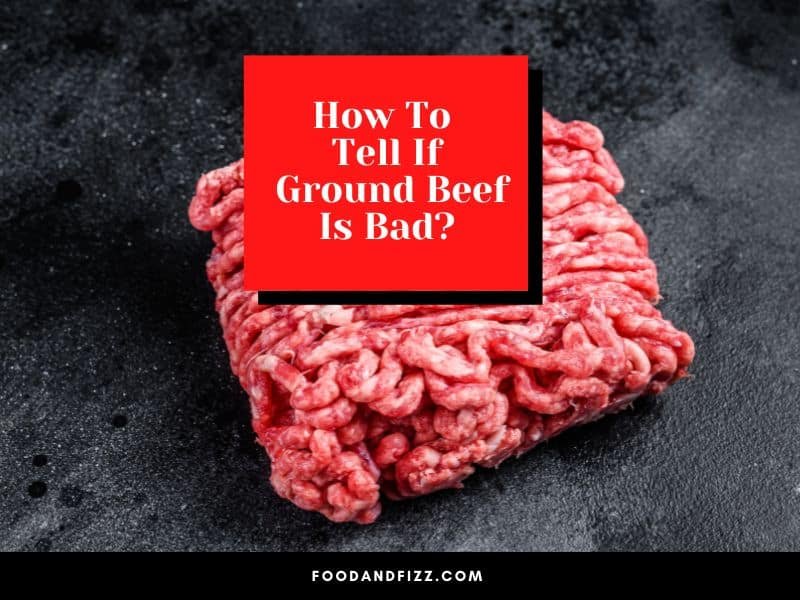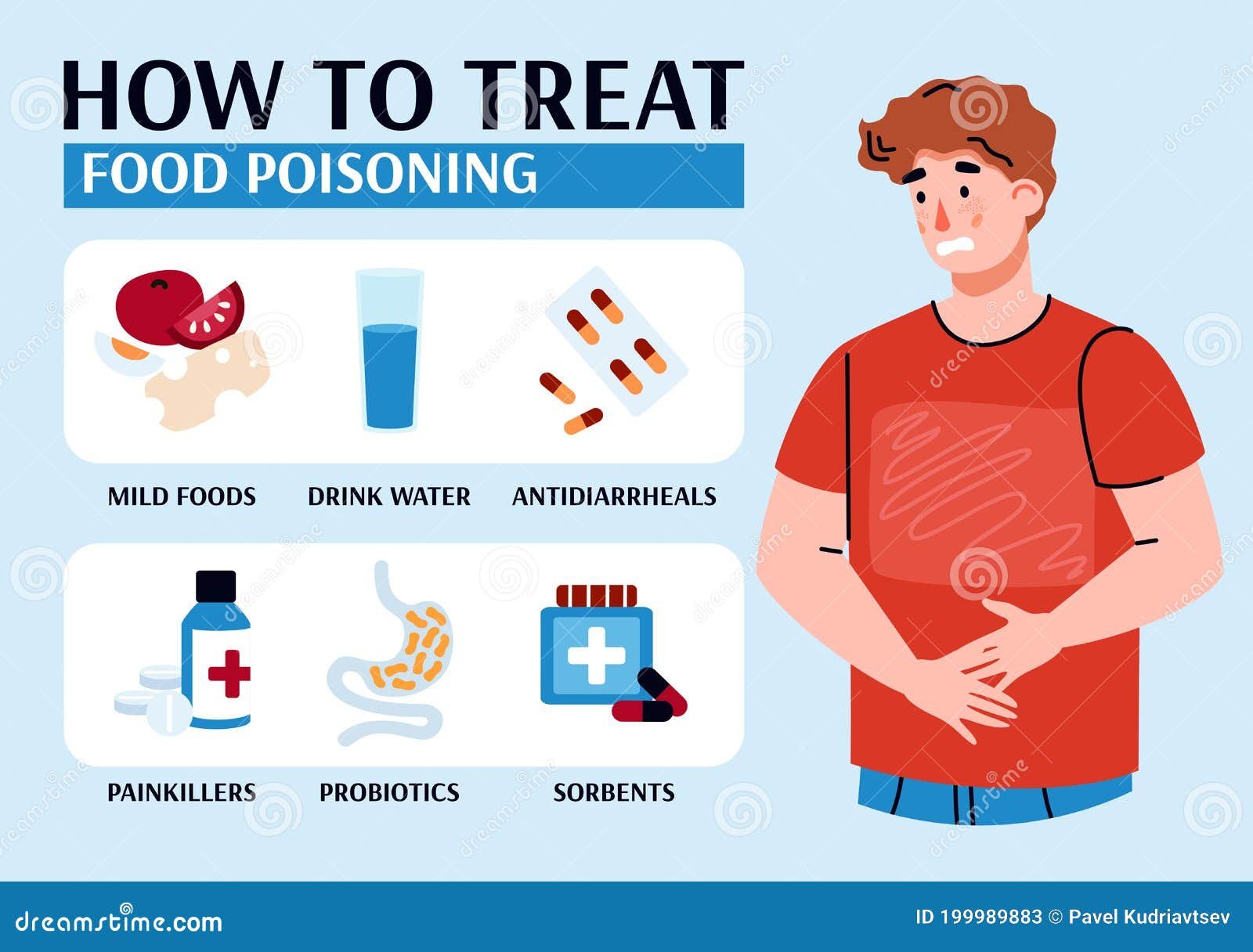
How to Tell If Beef Is Bad: A Food Safety Guide for Savvy Shoppers
Ensuring the freshness of beef is crucial for maintaining food safety and quality. This guide will provide you with essential tips to identify spoiled beef, keeping your meals delicious and your family healthy.

Visual Inspection
Look for an off color, such as green or gray hues, which may indicate spoilage. Fresh beef typically has a bright red color.
Smell Test
Spoiled beef often has a sour or rancid odor. Fresh beef should have a mild, natural scent without any unpleasant smells.
Touch and Feel
The texture of fresh beef is firm to the touch. If it feels slimy or sticky, it could mean bacteria have started breaking down the meat.
Check the Expiration Date
Always check the expiration or ‘use-by’ date on the packaging. This serves as a guideline for beef’s freshness, though it’s not a definitive indicator.
Storage Conditions
Proper storage is vital. Beef should be stored in the refrigerator at or below 40°F (4°C) to slow down bacterial growth.
Tips and FAQs
Did you know that ground beef can spoil faster than whole cuts? According to the USDA, ground beef should be used within 1-2 days of purchase, while whole cuts can last up to a week when stored properly (source: USDA Food Safety Information). To further ensure safety, always cook beef to an internal temperature of 160°F (71°C) to kill any harmful bacteria.
In summary, being vigilant about the freshness of beef is a simple yet effective way to protect your family’s health and enjoy the best culinary experience. By following these guidelines, you can confidently prepare delicious and safe beef dishes every time.










